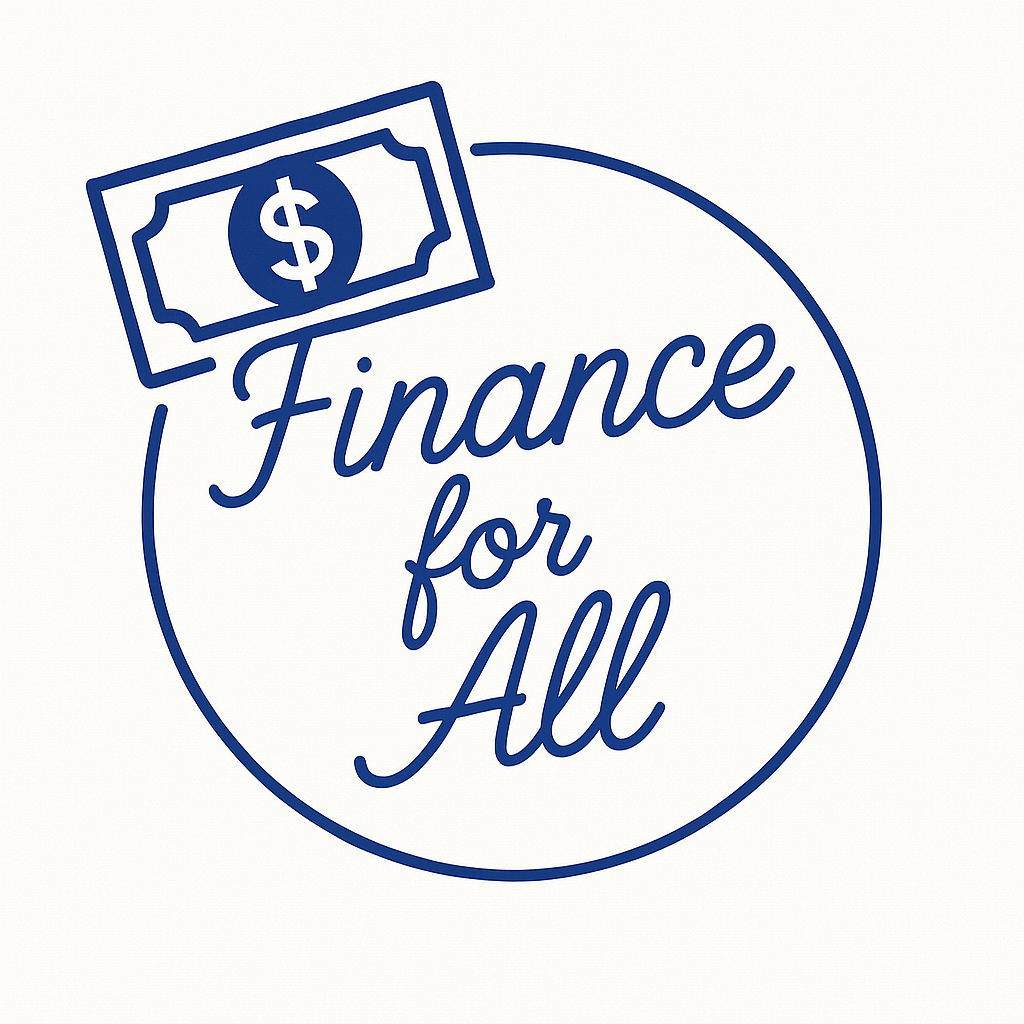Thinking about starting your investing journey but not sure where to begin? If words like “dividends,” “trading,” or “ETFs” sound confusing, you’ve come to the right place! This post is your friendly introduction to the world of stocks—breaking down how the market works, how you can make money, and which platforms are best for investing as a beginner.
What Are Stocks?
Stocks represent ownership in a company. When you buy a share, you own a small part of that business! Companies sell shares to the public on stock exchanges (like the NYSE or Frankfurt Stock Exchange) to raise money for expansion, research, or new projects. As a shareholder, you benefit when the company grows—or can lose money if it declines.
How Do You Make Money with Stocks?
There are two main ways investors can make money from stocks:
1. Capital Gains
If you buy a stock for €50 and it increases to €70, you can sell and keep the €20 profit. This is called a capital gain. The risk: stock prices can also go down.
2. Dividends
Some companies pay part of their profits to shareholders regularly—these are called dividends. Dividends can be paid quarterly, semi-annually, or annually. They’re usually deposited straight into your brokerage account and can be reinvested to buy more shares. Many investors seek out “dividend stocks” for stable, passive income.
What Are ETFs (Exchange-Traded Funds)?
An ETF is a basket of stocks (or other assets like bonds) managed as one fund and traded on exchanges like a normal stock. Instead of buying one company’s stock, you can buy an ETF that holds dozens or hundreds of stocks for instant diversification.
Why ETFs are great for beginners:
- Lower risk (compared to individual stocks)
- Many track broad market indexes (like the S&P 500 or MSCI World)
- Low fees and easy to buy/sell
Example:
If you buy shares in an S&P 500 ETF, you’re investing in the 500 biggest U.S. companies all at once!

What Does “Trading” Mean?
Trading means frequently buying and selling stocks to profit from short-term price movements. Active traders may hold positions for days, hours, or even minutes (day traders). Trading can be fun but comes with higher risk—many beginners find long-term investing safer and less stressful.
Main types of trading:
- Day Trading: Buy and sell within the same day.
- Swing Trading: Hold positions for a few days to a few weeks.
- Position Trading: Hold for months, focusing on bigger trends.
Why Invest in Stocks and ETFs?
- Potential for Growth: Historically, stocks have outperformed most other investments in the long run.
- Passive Income: Dividend-paying stocks and certain ETFs can deliver steady cash flow.
- Flexibility: Buy, sell, or adjust your portfolio whenever you want.
- Compound Returns: Reinvesting profits can exponentially grow your wealth over time.
Top Platforms for Buying Stocks and ETFs (Especially in Europe)
Choosing a platform depends on your country, fees, and what you want to buy. Here are some highly rated, beginner-friendly options:
| Platform | Best For | Key Benefits |
|---|---|---|
| DEGIRO | Low-cost investing | Ultra-low fees, wide ETF range, great for Europeans |
| Trade Republic | Mobile-first investors | Easy to use, good for automated savings plans |
| eToro | Social & copy trading | User-friendly, lets you follow top investors, zero-commission on stocks |
| Scalable Capital | ETFs & savings plans | Automated investing, low-cost ETF portfolios |
| Interactive Brokers | Advanced traders | Huge global access and tools, but more complex |
| Robinhood(US/UK) | Commission-free trading | Very simple interface, ideal for newer investors |
Always check fees and local regulations before opening an account.
My Tips for Beginner Investors
- Start small: Invest only what you can afford to lose at first.
- Diversify: Use ETFs or a mix of stocks to reduce risk.
- Watch fees: High fees can eat into your profits over time—platforms like DEGIRO and Trade Republic have some of the lowest.
- Think long-term: The market will go up and down. Investing with a multi-year horizon has been the most successful strategy for most people.
- Keep learning: Markets, strategies, and products change—stay curious!
Final Thoughts
Investing in stocks and ETFs can be exciting, rewarding, and even fun if you take a steady, informed approach. Whether you aim for growth, passive dividend income, or a side experiment with trading, there’s a wealth of opportunities—and user-friendly platforms to help you get started. Happy investing!
This blog provides information and opinions for educational and informational purposes only. It does not constitute financial advice, investment advice, or recommendations to buy or sell any securities. I am not a licensed financial advisor. Investing in stocks involves risk, including the possible loss of principal. Readers are solely responsible for any investment decisions they make and should consult a qualified financial professional before making any financial choices. The author is not liable for any loss or damages resulting from reliance on this information.

Thank you for reading!

